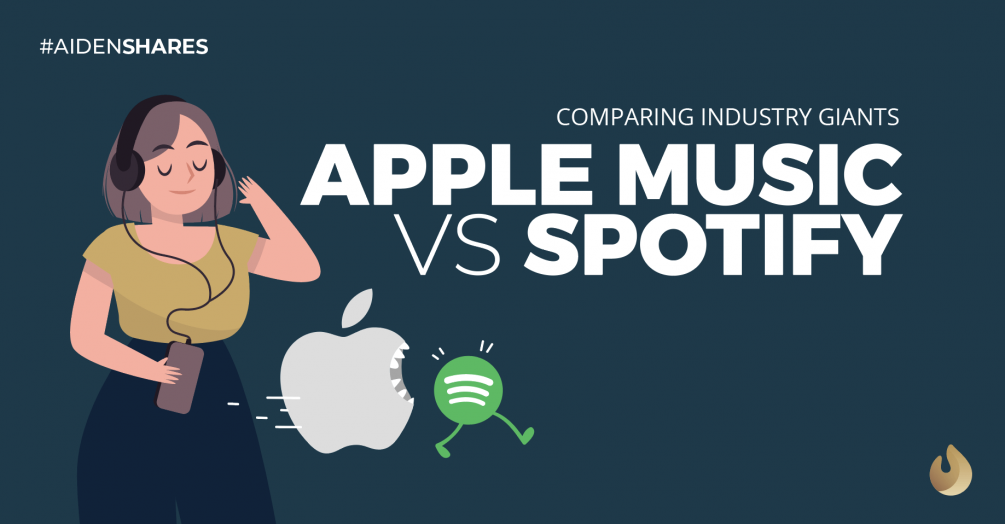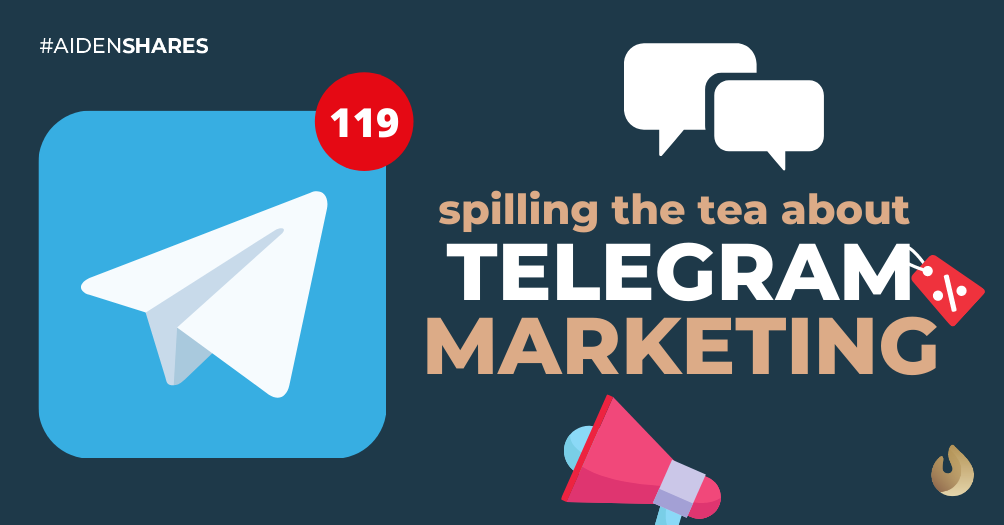4 Marketing Lessons From Singapore Airlines During COVID-19 ✈️
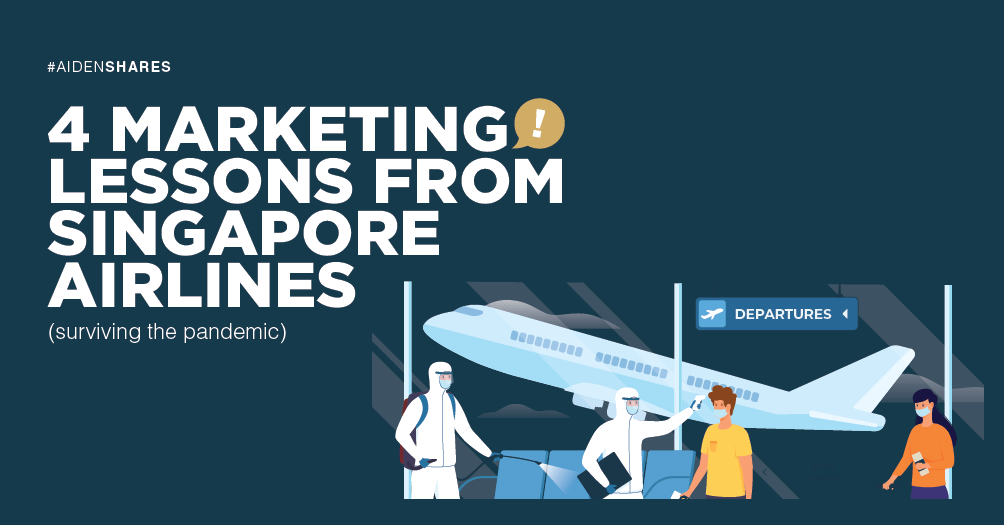
2020 hit the airline industry hard. Airlines needed to take a detour to keep their engines running. Yet, as with most hardships, there is always something we can learn. One story that marketers should know is how Singapore Airlines (SIA) reassessed their marketing strategy.
Singapore Airlines Marketing Strategy 🌏
Grounded fleets of planes and cancelled journeys were an ordinary state of affairs for airlines in 2020. The pandemic forced their hands to restructure, which unfortunately led to a loss of jobs. Why?
2020.
In response, airlines adjusted their marketing strategies to overcome the pandemic. And that was also the case for SIA. Here’s what we can learn from them:
-
Focus on what is important
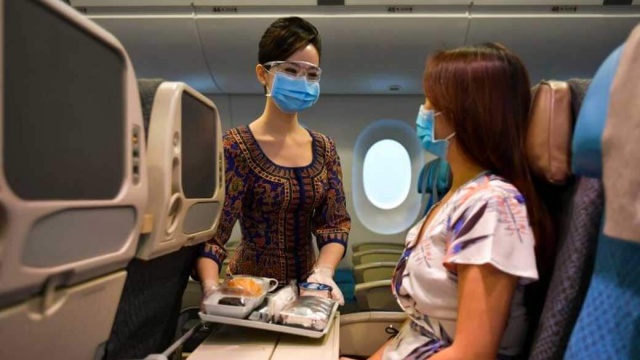
Credit: Her World
Passengers are the utmost priority for SIA. Since the outbreak affected the whole industry, SIA focused on what is important—their passengers. SIA has been cancelling 96% of its scheduled flights and helping passengers with their refund requests.
SIA also announced flexible rebooking without additional fees. It helped to ease the uncertainty faced by the passengers who needed a rescheduled flight instead of a refund. This move enabled them to cope with the surge in refund requests.
Moreover, since travel restrictions were in place for many places, advertising flights became less needed during the pandemic. SIA also acknowledged this and halted their advertising, channelling their resources to retain customers instead.
By keeping their communication extensive and open for all of their customers, SIA showed that they were still present with their customers despite the difficulties.
-
Continue building positive branding

Credit: Mainly Miles
There are not a lot of things they can do. Selling flights is not easy, especially when the demand collapses due to a global pandemic. And with all these challenges, the last thing they need is for people to forget their existence.
And what would be a better idea to make people remember you than doing good? Surviving the pandemic, we see that SIA has been focusing on many Corporate Social Responsibility (CSR) campaigns, helping the society, or collaborating with other companies to provide aid to public members.
The first example is the launch of KrisPay It Forward. The project allowed KrisFlyer members to treat healthcare workers, essential service workers, and migrant workers to food in Singapore with their miles. Once the target of 50,000 treats is reached, SIA will match it. In total, collaborating with their customers, SIA will donate around 100,000 treats for the country’s unsung heroes and the people in need.
They did not stop there. SIA launched another campaign to thank essential service workers—Miles of Good, a part of the #SIAcares initiative.
In August 2020, they partnered with Temasek Foundation. They supported the global COVID-19 response for the World Food Programme by transporting life-saving supplies to areas by air.
SIA also provided customer service training for healthcare professionals at Khoo Teck Puat Hospital (KTPH). The comprehensive training helped KTPH staff to deliver world-class service when tending to their patients.
In short, they use CSR to enhance a positive image of their brand, making sure they were present in their customers’ lives throughout the global pandemic even when their main business was not doing well.
-
Accept criticism positively
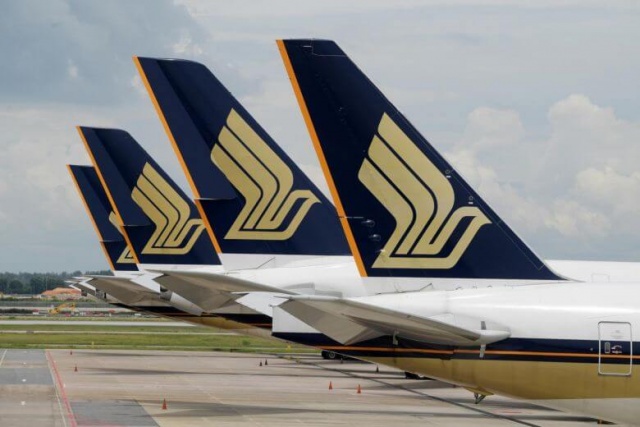
Credit: The Straits Times
To soften the blow, SIA put in motion “flights to nowhere”, a three-hour destination-less flight that will depart from Changi Airport, stay in the air, and then return to Changi Airport.
They planned to bundle it up with staycation offers, shopping vouchers, and a limousine service. The ideas were greeted positively during their market study. However, before the ideas materialised, they decided to call it off.
The plan faced criticism from environmentalists and members of the public, pushing SIA to stop it from launching.
They accepted this criticism positively. Instead of going forward with the idea that might help their business, Singapore Airlines decided to take a step back and rethink their strategy again.
-
Re-targeting creatively

Credit: KrisShop
Being agile is important, especially in 2020. One of their ideas was scrapped, but they managed to replace it with three strategies. Instead of relying on cheap flights, they crafted three new initiatives to give their customers the flying experience they were missing.
Crafted under ‘Discover Your Singapore Airlines’, they offered exciting and unique experiences for customers who miss the feeling of flying in an aircraft. They opened Restaurant A380 @ Changi. Before their meal, customers had the chance to tour that aircraft. Then, customers had the opportunity to have a first-class dinner experience inside the world’s largest passenger aircraft, the Airbus A380. All the customers who attended the dining experience also received gifts from SIA.
Then, SIA brought an initiative named ‘Inside Singapore Airlines’. The initiative brought customers to the SIA Training Centre. There, customers could enjoy the experience of guided tours, activities, and experiences. It was open to people of all ages. The kids had the chance to see the flight simulator that SIA uses.
SIA also tapped into customers who may still not be interested in going outside during the pandemic or wanted to enjoy the onboard experience in the comfort of their homes. The initiative is named ‘SIA@Home’. The initiative allows customers to experience an airline home-dining meal for two with menus created by renowned chefs.
The meals come with wine, amenity kit, welcome videos, a digital guide, and a specially curated playlist. It is still open for orders online.
The takeaways 📃
The pandemic forced a lot of businesses to adjust and adapt. It was a test of patience, and many companies did not survive. SIA is a first-class example we can learn from because they knew what they had to do when facing turbulence.
- Be agile
- Focus on your customers
- Be open to criticism
- Rethink on other related opportunities to offer your service or product
And if your brand needs an extended business arm for marketing and development services, we strive to get you results. Check out our digital marketing services and tap that WhatsApp button to talk with our team ASAP.

